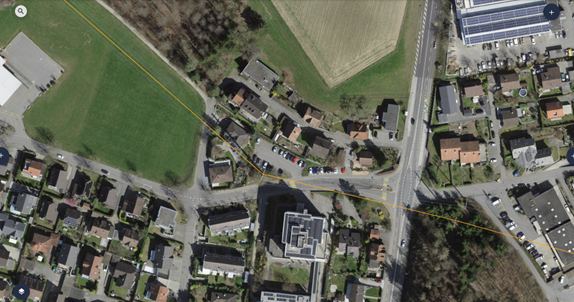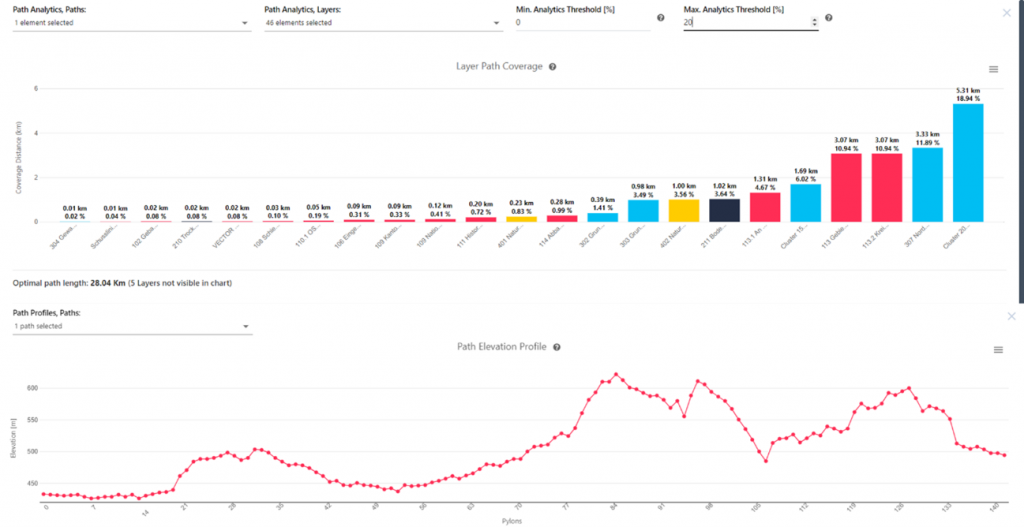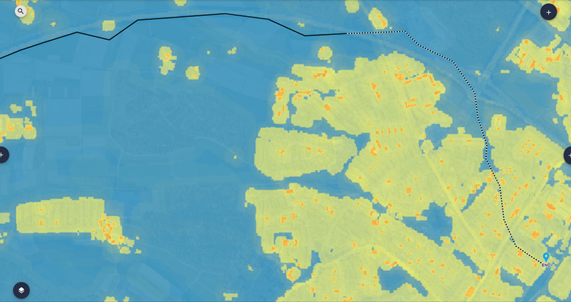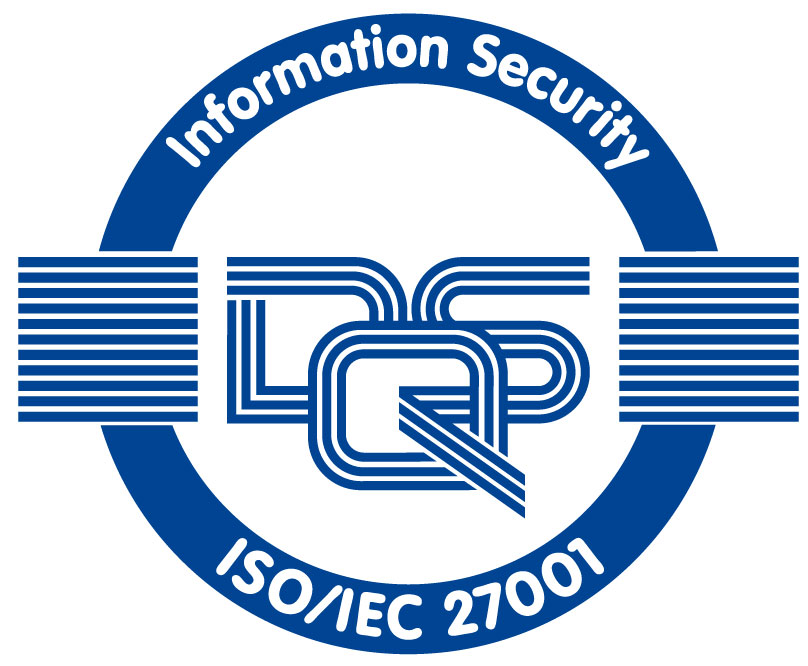SBB Swiss Rail Operator
The Swiss railway operator SBB operates over 3,200 km of rail network, which is 100% electrified. SBB also operates 8 hydroelectric power plants and its own 134 kV high-voltage network for safe power transmission across Switzerland. SBB is a central part of the Swiss society and economy and stands for punctuality and reliability.
SBB uses Pathfinder, for transmission line planning and substation siting in early planning phases and to support decision-making in strategic grid planning. The solution helps to present risks and options in a comprehensible manner and evaluate alternatives in a standardized and transparent way.

Challenge
Planning for new infrastructure in the middle of the Alps always was and still is a huge challenge. The terrain is characterized by high altitude mountains and hills, lakes, rivers and forests. Those beautiful landscapes need to be protected. In the flat parts of Switzerland, cities and urban areas are still growing and space for new infrastructure is scarce. Social and environmental goals need to be balanced and considered in every infrastructure project.
The SBB transmission grid is ageing and needs to be replaced and at the same time expanded. Replacement however, is a challenge, since the old lines built 100 years ago now are surrounded by residential areas and cannot always be replaced in the same place. Rerouting needs to be evaluated and an analysis on technology, overhead line vs. underground cable, is a key decision factor.
SBB can only build a certain amount of underground cable lines, as they steer the trains via the power grid, and signals are getting disturbed the more underground cables are built into the power grid. Routing and siting of new infrastructure essentially becomes a center pillar of strategic planning and decision making and is a key success factor to secure safe and secure train operation in the future.

Routing and siting of overhead lines, underground cables and substations on a country scale level is a complicated task and needs a coordinated approach. Manual evaluation takes a lot of time and every planner is prone to biased decision making. Swiss law and regulation also restricts planning. For example:
- Residential: Minimal clearance distances to residential areas due to Electromagnetic Field (non-ionizing radiation)
- Environment: National and State level protected areas including forests and moors.
- Planning: Various factors from ground water, high value soil, potential for renewables, other infrastructure, etc.
- Cost: The line alternatives need to be as cost effective as possible.
Solution
SBB uses Pathfinder to automate the routing and siting process for new transmission lines and substation locations. SBB leverages GIS data layers (around 40 layers), which are available across Switzerland. The data is provided by Swisstopo and updated by the Federal Office of Topography on a yearly basis. The data is integrated to Pathfinder via Web Feature Services (WFS).
Switzerland can be separated into three geographic locations: the Alps, the Central Plateau and the Jura. SBB created scenarios with customized settings for each region. Depending on the study area, the relevant scenario settings are automatically applied in Pathfinder. The process of setting up a new project and running analysis is now automated.
With this process, in a few months SBB setup more than 60 projects in Pathfinder and analyzed line options including sites for substations. The line options are visualized and automatically analyzed outputting a comprehensive report on:
- Approximative length of the overhead line sections and underground cable sections
- Environmental Impact Assessment for national and cantonal protected areas
- Technical feasibility based on pylon position and path profiles
- Approximative construction costs based on a generic CAPEX function

Benefits
- Time: By using Pathfinder SBB can save months in planning time. This helps to meet tight deadlines set by the company and authorities.
- Transparency: Visualizing risks and opportunities with map data involves the full team to make informed decisions.
- Documentation: Standard data reports from Pathfinder describe KPIs like lengths, social & environmental impact, cost approximation and speed up the documentation process and helps to compare the projects to each other.



